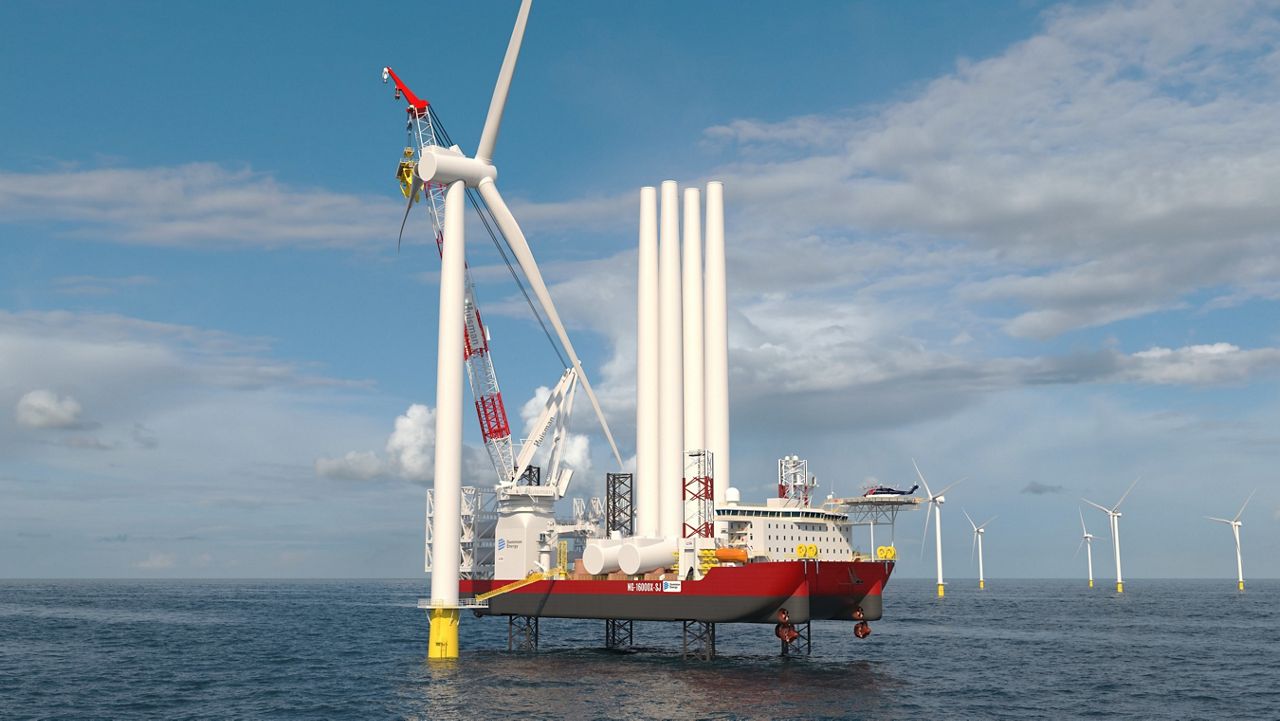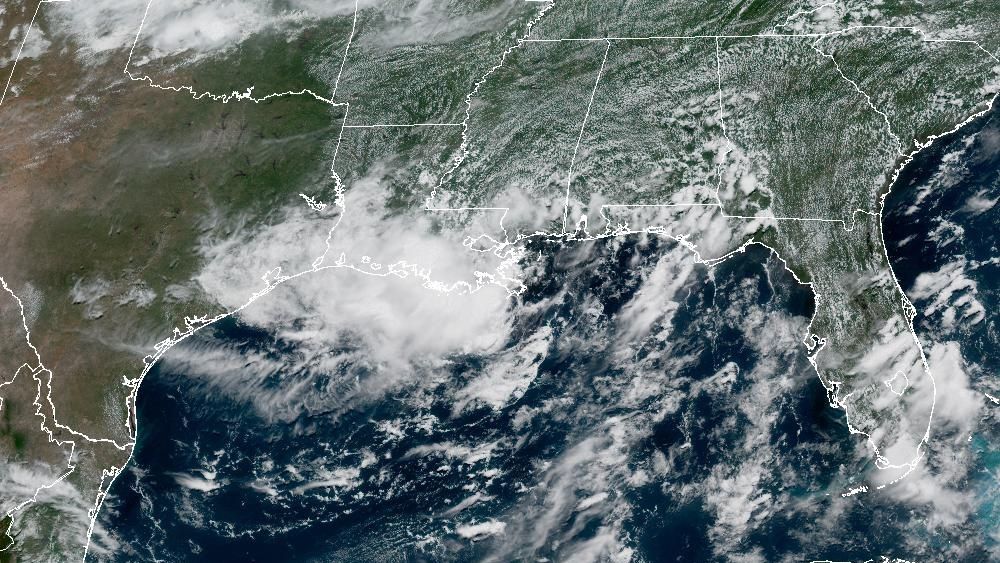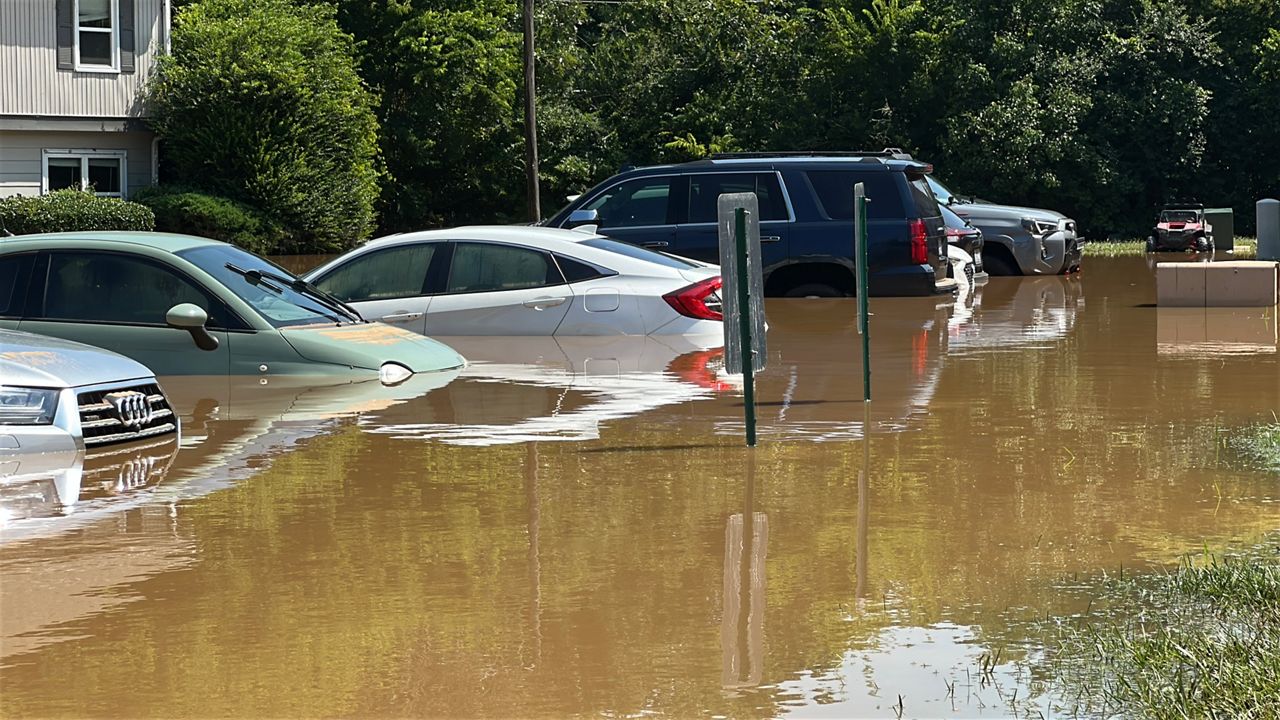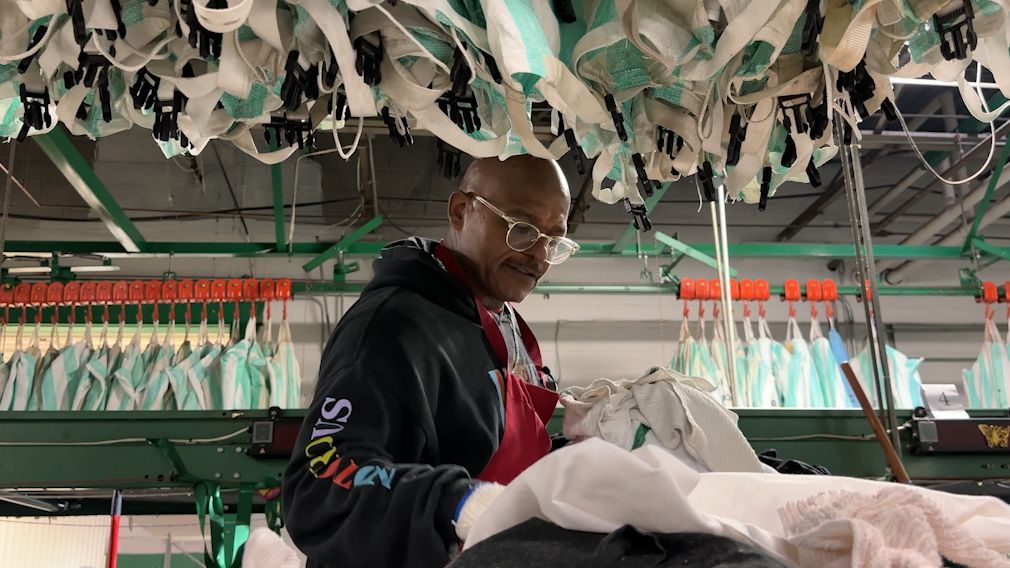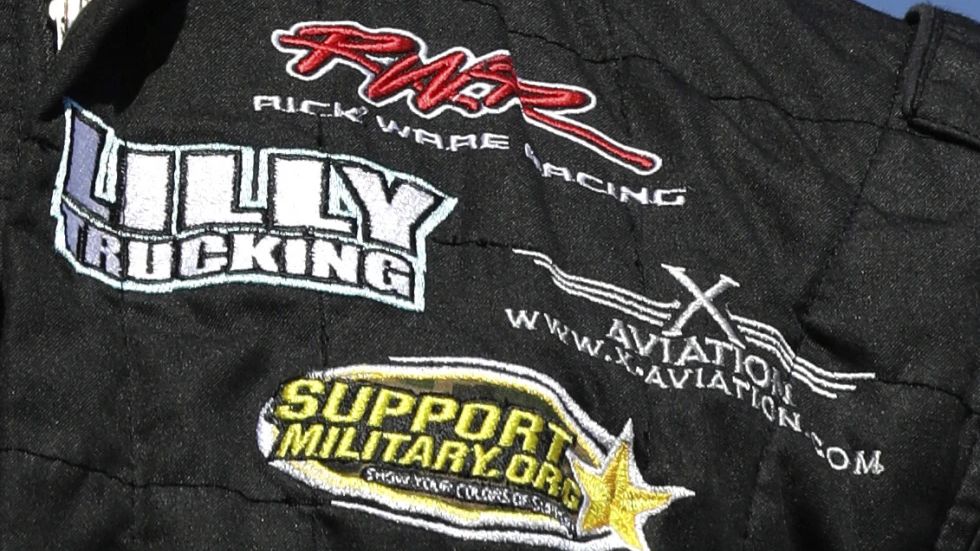There’s a lot riding on the nascent offshore wind industry. Companies are investing hundreds of millions of dollars. The Biden administration wants 30 gigawatts of offshore wind power by the end of the decade. It could mean billions of investment in new manufacturing capacity. Offshore wind is being billed as a key part of a clean energy future for the United States.
Offshore wind farms are massive projects, with up to 100 or more wind turbines standing hundreds of feet above the ocean. They take decades to plan and get approved. As this industry has worked to get off the ground in the United States, companies have wrestled with how to deal with a 100-year-old law called the Jones Act.
The Jones Act, passed by Congress in 1920, says that only U.S.-flagged ships can move cargo from one point in the United States to another. The ships must have been built in the U.S. and be crewed by Americans. The offshore wind industry uses big, specialized ships to assemble the turbines miles out at sea, but there is not a single U.S.-flagged ship right now that can do that work.
“If you bring a part, say you bring in a cell, which is where the generator is housed for an offshore wind turbine — those are only manufactured in other parts of the world right now, primarily in the EU or southeast Asia,” explained Katharine Kollins, with the Southeast Wind Coalition, which promotes wind energy.
“Normally you would place that on the U.S. coast. If you do that, you need a U.S.- flagged vessel to install that,” she said.
So companies that are doing the early offshore wind projects on the East Coast have had to come up with workarounds. Dominion Energy, based in Virginia, put up test turbines off the Virginia coast and had to ferry parts back and forth from Canada to avoid running afoul of the Jones Act.
Companies doing offshore wind farms can also use U.S.-flagged ships to ferry pieces out to the specialized assembly vessels.
Dominion is planning to build an offshore wind farm off the Virginia coast. There are also projects in the early stages off North Carolina’s Outer Banks and off the southeast tip of North Carolina.
Faced with not having a single U.S.-flagged ship that can install the turbines, in late 2020, Dominion announced it would have its own wind turbine installation vessel built at a shipyard in Brownsville, Texas. The price tag is estimated at about $500 million, the company said.
Dominion described the ship: “The vessel's hull has a length of 472 feet, a width of 184 feet and a depth of 38 feet, making it one of the biggest vessels of its kind in the world. It has accommodations for up to 119 people. The vessel is designed to handle current turbine technologies as well as next generation turbine sizes of 12 megawatt or larger and will also be capable of the installation of foundations for turbines and other heavy lifts.”
"This is a monumental step for the offshore wind industry in America," Dominion Energy president and CEO Robert Blue said in a statement at the time.
"Dominion Energy is proud to be leading a consortium of respected industry participants in the construction of the first Jones Act compliant offshore wind turbine installation vessel, which will provide significant American jobs, and provide a reliable, home-grown installation solution with the capacity to handle the next generation of large-scale, highly-efficient turbine technologies. This will better enable the offshore wind industry to bring clean, renewable energy to customers in the U.S," Blue said.
These ships take years to build. Industry watchers say they have not heard of any other installation ships being built in the United States.
“When you spend $500 million on a ship, you have to know that there is going to be a constant demand for that ship for decades,” Kollins said. And right now, there is uncertainty about how many projects really will actually get built and how long it will take federal regulators to give companies the final permits to construct wind farms.
“They have to have a very consistent pipeline of orders,” she said. “If the projects are in fits and starts, they don’t have the steady demand that they need.”
“It’s cheaper for them to import (from) Europe with the uncertainty that we have,” Kollins said. But if the United States is going to hit the Biden administration’s goal of 30 gigawatts of offshore wind by 2030, domestic power companies need to install an estimated 2,100 turbines in the next seven years," she said.
Shipping a monopile across the Atlantic costs about a million dollars each, Kollins said. That’s the part that sits on the ocean floor and supports the tower.
The offshore wind industry has been at the whim of national politics. Kollins said the entire industry slowed down during the Trump administration, but has picked up again since President Joe Biden took office.
The problem there is not with the Jones Act, but the approval process at the U.S. Bureau of Ocean Energy Management. The agency has been staffing up to get the work done, but it’s still going slowly, Kollins said.
“If by the time this Biden administration ends, if they have fully permitted 30 GW, that would be an accomplishment,” said Charlie Papavizas, a maritime lawyer with Winston & Strawn in Washington D.C. He is one of the leading lawyers helping companies with Jones Act issues in the energy sector.
“To get to 2,100 turbines in the water, you have to do X number a day starting today. And we’re not doing any per day today,” he said.
“The offshore wind business is really just in the developing state right now,” said Edward Hirs, an energy economist with the University of Houston. But it will be critical as part of a future clean energy industry.
“We need to develop offshore wind, along with on-shore wind and solar, and some sort of long-term energy storage if we’re going to approach the goals of minimizing greenhouse gas emissions,” he said.
Papavizas, who has spent his career dealing with the ins and outs of the Jones Act, said it’s not quite as simple as it seems. Customs and Border Patrol interprets and gives guidance on the law, but it is enforced by the Coast Guard.
The law for the oil and gas industry is still changing.
“From the 1940s to today, we’ve had the Jones Act apply to offshore oil and gas. How come questions are being asked?” he said.
“People come up with new ideas, people come up with new angles. Customs changes its mind. Customs is pressured by political interests. Congress may change the law. Courts could get involved,” he said. “This process is not going to end anytime soon.”
As of now, companies can use foreign ships for some of the work, Papavizas said.
The current guidance on the Jones Act says a foreign ship can lay the cable to move electricity from the wind turbines to the mainland, he said. But if there needs to be concrete put over the cable to protect it, that work has to be done by a U.S. ship.
There are two federal court cases that could change that rule, Papavizas said. Those lawsuits will likely take years to be resolved.
A foreign ship can lay down the initial foundation without any issues, he said. In practice, at least for the short term, foreign-flagged ships will likely have to do the installation work, with U.S. ships helping ferry parts and working in other support roles.
The price tag to get a new specialized installation ship built in the United States is itself an issue.
If a company ordered a new installation vessel in the United States today, it could cost $800 million, he said.
“For a vessel that is built in Singapore, you can spend $400 million,” Papavizas said. And that ship from Singapore can work all over the world, not just relying on a steady stream of orders from the United States.
But, he said, many of these installation ships are already getting scheduled for years out all around the world. So it could be a problem for the industry in the United States if companies are finally ready for construction and cannot get the specialized installation vessels they need.
Kollins, with the Southeast Wind Coalition, said that as the offshore wind industry grows in the United States, companies could need three or four of these ships to keep pace with construction.
But, she said, companies are not going to spend hundreds of millions to build these ships until they know federal regulators will be approving permits. They also need to know the pipeline for projects isn’t going to dry up with a new administration in the White House, Kollins said.





